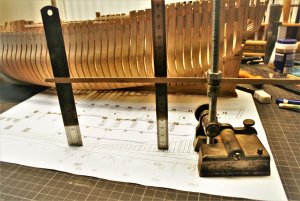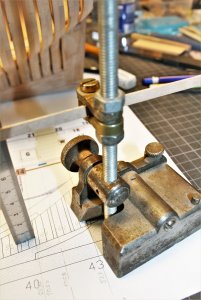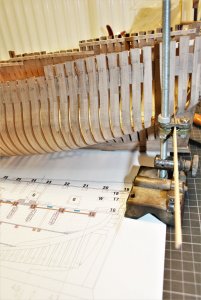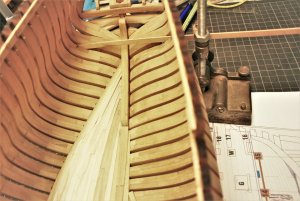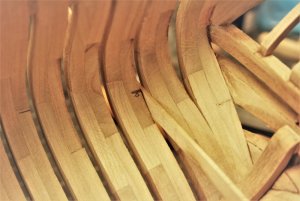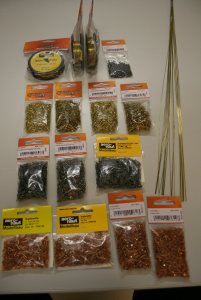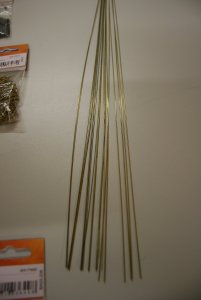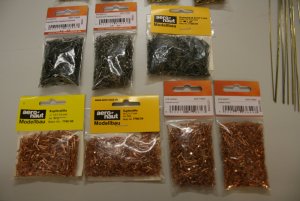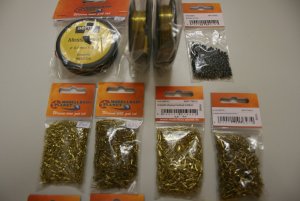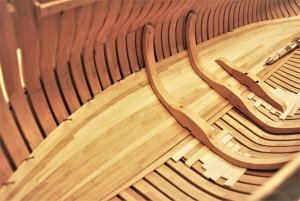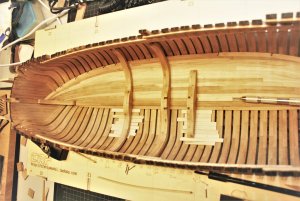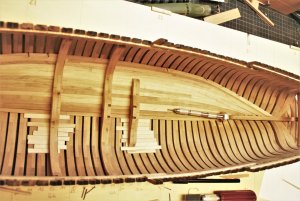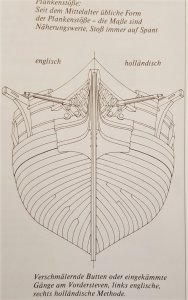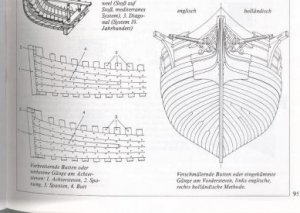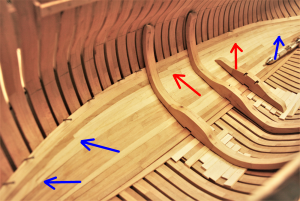I am still working on my La Salamandre kit from CAF........but as I mentioned before (several times) - > it is slow motion and takes some time to install the inner planking. And now I know why other modelers making some building logs in chinese or russian foren are not showing these works very much in detail

Today a short report how I did the widening from one plank to two planks, using half stealers.
........I am realizing now, that the last planking job I did some 10 years ago (due to my modeling break), so I have to come back into the routine in this work
-> If you see something which can be made better - please comment and give hints - I am happy to learn !!!!
To show the also my mistakes, during the planking:
The lower one was the first try - you see I thought completely wrong, means reverse and started to prepare the plank completely wrong - It took some time until I realized it

The middle one was the the second - fitted well, but too short on the right end, so I could not bend it over the curve#
The top one was the third and last one - fitting and possible to bend.
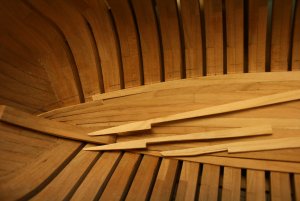
Drilling some holes with a hand drill in order to use small nails to keep the plank at the correct place and force the plank to keep the bending curve
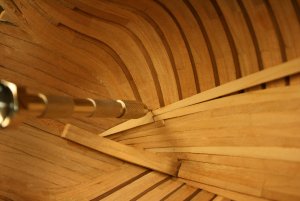
Using wood-glue and prepared to take over the plank
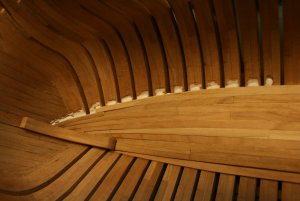
Finaly installed plank with the nails and some wooden scrap sticks to press the plank down
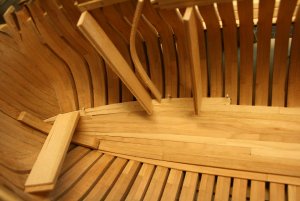
Off course sometimes you have to take a look, how it would look like.......dry-fitted off course
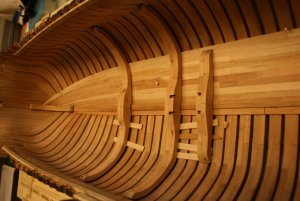
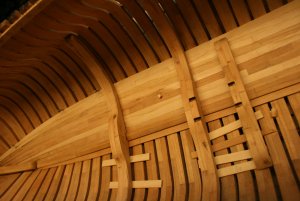
Today in the evening I will make one more plank, and the next evening, and the next, and and and.......










